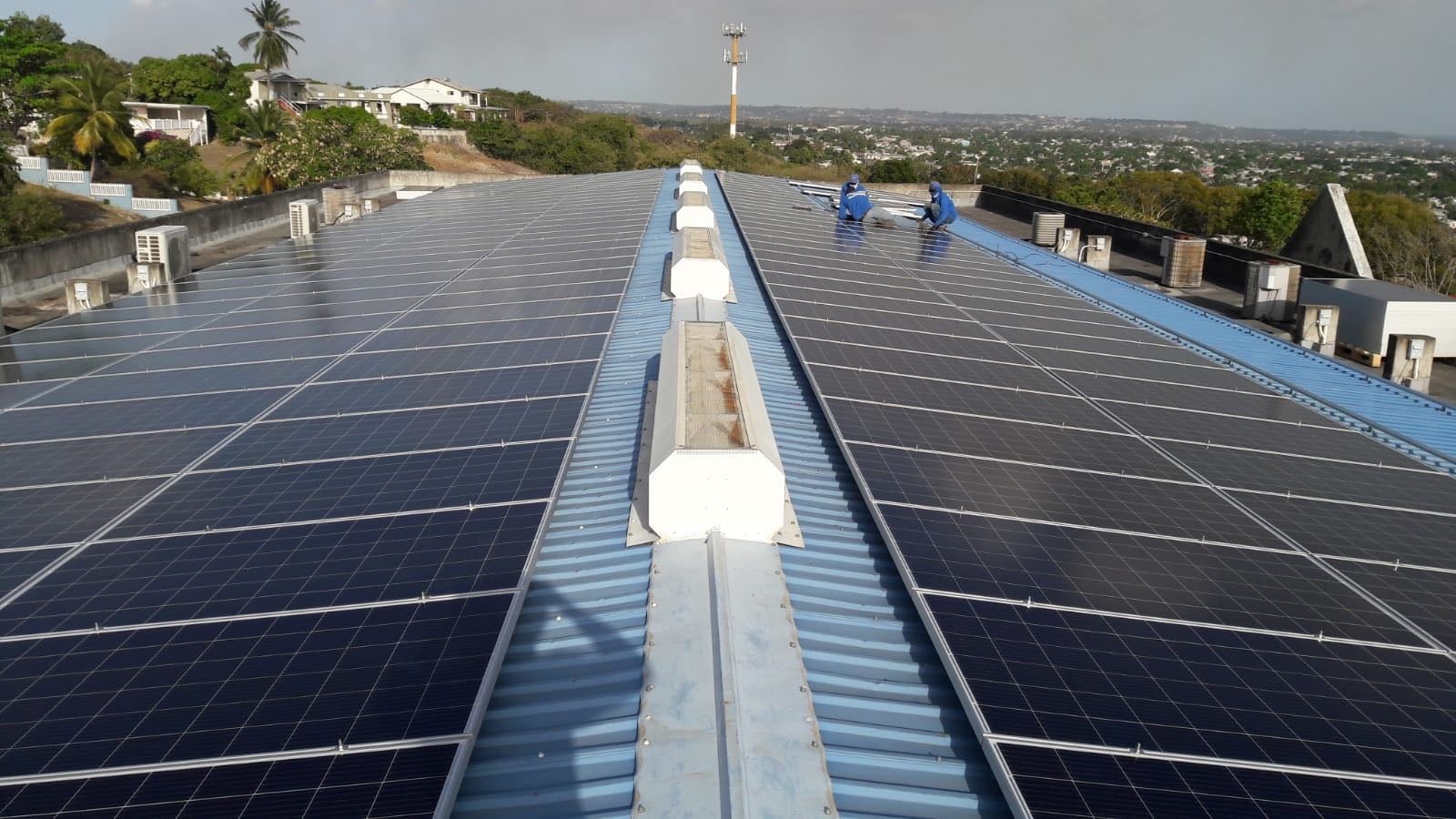Climate change is a risk to public and private finances. 2023 was (for now) the warmest year on record, reaching 1.4°C above pre-industrial level. With El Niño raging strong the region grappled with unusually strong droughts, forest fires, hurricanes, and massive floodings with disastrous consequences. At first glance, these events can bring important loss of lives and material wealth to affected regions. However, delving further into these events, we can also identify important systemic problems and risks with ramifications through the financial and fiscal sectors. In our latest publication Heat and High Water: Nine Pathways to Climate Resilient Development, we delve into what adaptation means to the fiscal and financial sector and what the government can do about it. In this Blog, we explore 4 key insights of it:
Governments are expected to lead relief efforts and support reconstruction. Picture the aftermath of an important extreme weather event. A hurricane wreaks havoc in an urbanized coastal region, a forest fire turning communities into ashes one by one, or a drought or a flood ruining the yearly harvest. The government is expected to act. Relief efforts are needed to evacuate and provide necessities to displaced communities, all dragging significant fiscal resources. In addition to such liabilities, the government might (rightly) be pressured into helping finance reconstruction for the most vulnerable besides all the public assets that must be rebuilt or repaired. All these actions are costly, demanding resources and liquidity from the government to act.
These unforeseen spending surges to fund relief efforts can deteriorate its fiscal balance. Furthermore, the increased spending might compound with a decrease in future revenue caused by the destruction, which could, in turn, imperil the country’s credit standing, raising its lending costs. Viewing relief and reconstruction as contingent liabilities and preparing for them is essential to managing the fiscal burdens that climate change may cause.
Governments can proactively manage potential fiscal obligations by exploring various climate risk scenarios and developing possible responses. This allows the government to manage the impact of unforeseen events on the budget, which can be done through multiple instruments. For example, governments can consider using reallocation, contingency funds, and reserve funds. Governments can also use financial instruments for risk management, such as contingent credits arranged in advance to provide financial support for unforeseen events. Risk transfer options, including insurance, catastrophe bonds, and risk pools, can be instrumental for rare, high-impact events like catastrophic hurricanes.
2. Financial institutions’ business models are strained; the government can mandate or incentivize the private sector to factor in climate risk when making decisions
Households and firms that lost their assets and way of living usually have mortgages, loans, or collaterals associated with them and may not have enough liquidity to sustain themselves through the recovery period. Banks are accustomed to these kinds of risks and have models to manage them. However, as climate change alters weather patterns, the bank’s models might fail to account for this year’s harsh events. Similarly, insurance companies can be caught off guard by multiple events leaving them short on liquidity. In future years, certain areas might suffer a surge in insurance costs or, worst case, a refusal to insure assets, leaving locals in high-risk areas unprotected. Helping households, firms, and decision-makers account for these risks is important to ensure resilience and that they can make informed decisions to reduce or manage the risks. Governments can address this directly by assessing the risk to physical assets or indirectly by requiring firms to disclose climate-related risks, thus helping investors and stakeholders to adapt their decision-making. Furthermore, firms may be mandated to implement practices to manage these risks, ensuring transparency and accountability.
3. Financing adaptation is key to building resilience and reducing vulnerability.
Adaptation means, among many options explored in our publication, studying the hazard zones and avoiding them, reinforcing infrastructure against extreme weather events, improving the housing of the most vulnerable, and having adequate evacuation and reconstruction plans. Adapting sectors such as critical infrastructure and cities and helping the most vulnerable increase their resilience can reduce the impact of climate change and, in consequence, the fiscal pressure and the risks to the financial system. However, many of these actions are costly. Governments can fund adaptation directly. For instance, they can update public investment rules to consider climate hazards or incorporate climate adaptation considerations in public procurement processes. The government can also change regulations to build the conditions for the private sector to finance adaptation, for example, by updating regulations or developing investment taxonomies to guide the private sector.
4. Climate change adaptation and financing adaptation are challenging; however, countries in Latin America and the Caribbean are taking important steps.
The required actions are many, the resources needed far outweigh their availability, and time is short. As adapting the finance and fiscal sector, and finance adaptation are pivotal for reducing risk and building resilience, the role of the ministries of finance and economy are key for climate action. In Latin America and the Caribbean, ministries of finance and economy are taking important steps in this matter, with countries developing policies and instruments such as green taxonomies, accounting climate change expenditure, and developing green finance strategies and debt instruments. Furthermore, ministries in the region are collaborating in these matters (as well as climate change mitigation) through the Regional Climate Change Platform of the Ministries of Economy and Finance of Latin America and the Caribbean, which is a collaborative network where the 26 Inter-American Development Bank borrowing member countries gather to collaborate in policies, build knowledge and share experiences. In September of this year, the ministries of economy and finance of the region gathered in Santiago de Chile and signed a joint statement to affirm their commitment to climate action and promoting sustainable finances.


